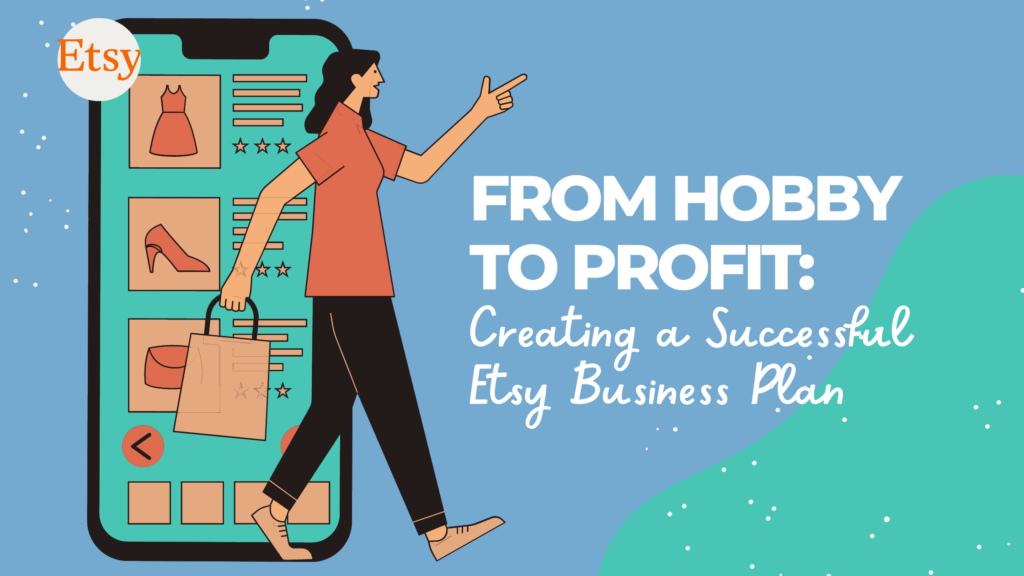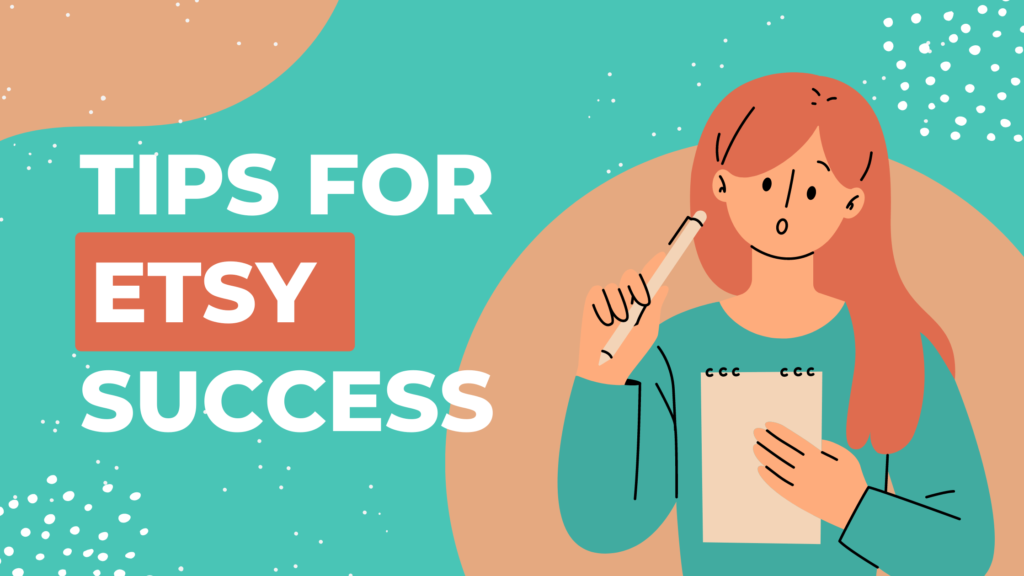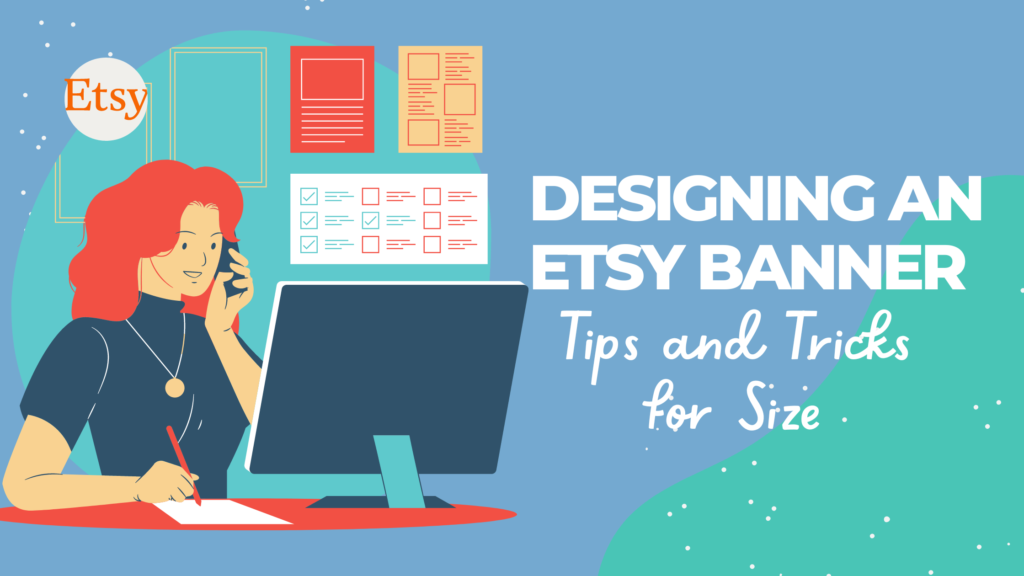Welcome to our Etsy Business Plan guide, where we will help you craft your way to success on the world’s leading online marketplace for handmade, vintage, and unique goods. Whether you are a seasoned Etsy seller or a newcomer to the platform, having a well-thought-out business plan can make all the difference in achieving your goals and growing your business.
In this guide, we will provide you with a step-by-step process to create a comprehensive Etsy business plan that covers all the essential aspects of your business, including industry analysis, customer analysis, competitive analysis, marketing strategies, financial projections, and more. With our help, you can craft a successful Etsy business that stands out from the crowd and attracts the right customers. Let’s get started!
What is a Business Plan?
A business plan is a document that provides an overview of your current Etsy business and outlines your growth plans for the next five years. It includes your business objectives, as well as the strategies you’ll use to achieve them. It also entails conducting market research to support your strategies.
Why Do You Need a Business Plan?
If you’re starting an Etsy business or expanding an existing one, having a business plan is essential. A business plan can help you secure funding, if necessary, and enable you to plan for the growth of your Etsy business to increase your likelihood of success. Your Etsy business plan is a living document that should be updated yearly as your company evolves and changes.
Sources of Funding for Etsy Businesses
The primary sources of funding for an Etsy business are personal savings, credit cards, bank loans, and angel investors. With bank loans, banks will need to review your business plan and gain confidence that you can repay the loan and the interest. To acquire this confidence, the loan officer will want to verify that your financials are reasonable, but they’ll also need to see a professional plan. Such a plan demonstrates that you can competently and professionally run a business. Personal savings are the other most prevalent form of financing for an Etsy business.
Etsy Business Plan Template
If you want to start an Etsy business or expand your current one, you’ll need a business plan. Below are links to each section of your Etsy business plan template:
Executive Summary
Your executive summary serves as an introduction to your business plan, but it is generally the last section you write because it summarizes each critical part of your plan.
The objective of your Executive Summary is to engage the reader promptly. Explain to them the type of Etsy business you’re running and its status. For example, are you a start-up or do you have an Etsy business that you want to grow?
Next, give an overview of each of the subsequent sections of your plan. For example, provide a brief overview of the Etsy industry, discuss the type of Etsy business you’re operating, detail your direct competitors, give an overview of your target customers, provide a snapshot of your marketing plan, identify the key members of your team, and offer an overview of your financial plan.
Company Analysis
In your company analysis, you’ll detail the type of Etsy business you’re running.
There are numerous shop and product categories in the Etsy marketplace. The most popular Etsy categories in 2020 were:
Home & Living: This type of Etsy shop focuses on a range of products for home and garden, with categories such as decor, furniture, bedding, kitchen & dining, outdoor & gardening, office, and more.
Art & Collectibles: This type of shop focuses on paintings, photographs, sculptures, fiber art, and collectibles such as figurines and coins.
Jewelry & Accessories: This type of Etsy shop retails a variety of products like hats, scarves, sunglasses, bags, necklaces, rings, earrings, and bracelets.
In addition to explaining the type of Etsy business you’ll operate, the Company Analysis section of your business plan should provide background information on the business.
Industry Analysis
The industry analysis section of your Etsy business plan is essential for providing an overview of the Etsy industry, which serves multiple purposes.
First, it helps you to gain knowledge and understand the market in which you are operating. Second, it can improve your strategy by identifying market trends. Third, it demonstrates your expertise to readers.
To create an effective industry analysis, you should answer the following questions:
- What is the size of the Etsy industry (in dollars)?
- Is the market declining or increasing?
- Who are the key competitors in the market?
- Who are the key suppliers in the market?
- What trends are affecting the industry?
- What is the industry’s growth forecast over the next 5-10 years?
- What is the relevant market size?
The customer analysis section of your Etsy business plan should detail the customers you serve or expect to serve. It is important to define your target customers in terms of demographic and psychographic profiles, including age, gender, location, income level, wants, and needs.
Your competitive analysis should identify both indirect and direct competitors. Direct competitors are other Etsy businesses, and indirect competitors are other options that customers have to purchase from. You should describe your direct competitors and document their strengths and weaknesses, along with your areas of competitive advantage. This could include providing higher quality or trendier products, unique product options, better customer service, or better pricing.
Marketing and Sales Strategies
In this section of your Etsy business plan, you need to detail your marketing and sales strategies.
Marketing strategies refer to the methods you will use to promote your Etsy business and reach your target customers. Examples of marketing strategies include social media marketing, content marketing, email marketing, and paid advertising.
Sales strategies, on the other hand, refer to the methods you will use to convert leads into paying customers. Examples of sales strategies include offering discounts, bundling products, and providing exceptional customer service.
When creating your marketing and sales strategies, make sure to focus on your unique value proposition. What sets your Etsy business apart from your competitors? Why should customers choose your shop over others?
Team Members and Organizational
Structure In this section of your Etsy business plan, you need to detail the members of your team and your organizational structure.
Even if you are a solopreneur running your Etsy business on your own, it’s important to detail your roles and responsibilities, as well as any external support you may need (such as a virtual assistant or accountant).
If you have a team, provide an overview of each team member’s role and experience. Make sure to highlight any skills or expertise that will be particularly valuable to your Etsy business.
Financial Plan
The financial plan is arguably the most important section of your Etsy business plan. In this section, you need to provide a detailed financial analysis of your Etsy business.
Some key financial statements to include in your plan are:
Profit and loss statement: This statement outlines your revenue and expenses and calculates your net income. Cash flow statement: This statement shows your cash inflows and outflows over a certain period of time, which is important for managing your cash flow. Balance sheet: This statement shows your assets, liabilities, and equity, and gives a snapshot of your financial position at a given point in time. Revenue forecast: This section should outline your expected revenue over the next 5 years. Expense forecast: This section should outline your expected expenses over the next 5 years. Break-even analysis: This analysis will help you determine how many products you need to sell in order to cover your costs and start making a profit.
Conclusion
In conclusion, a well-written Etsy business plan is crucial for the success of your Etsy business. It serves as a roadmap for your business, helps you secure funding, and ensures you stay on track with your goals.




